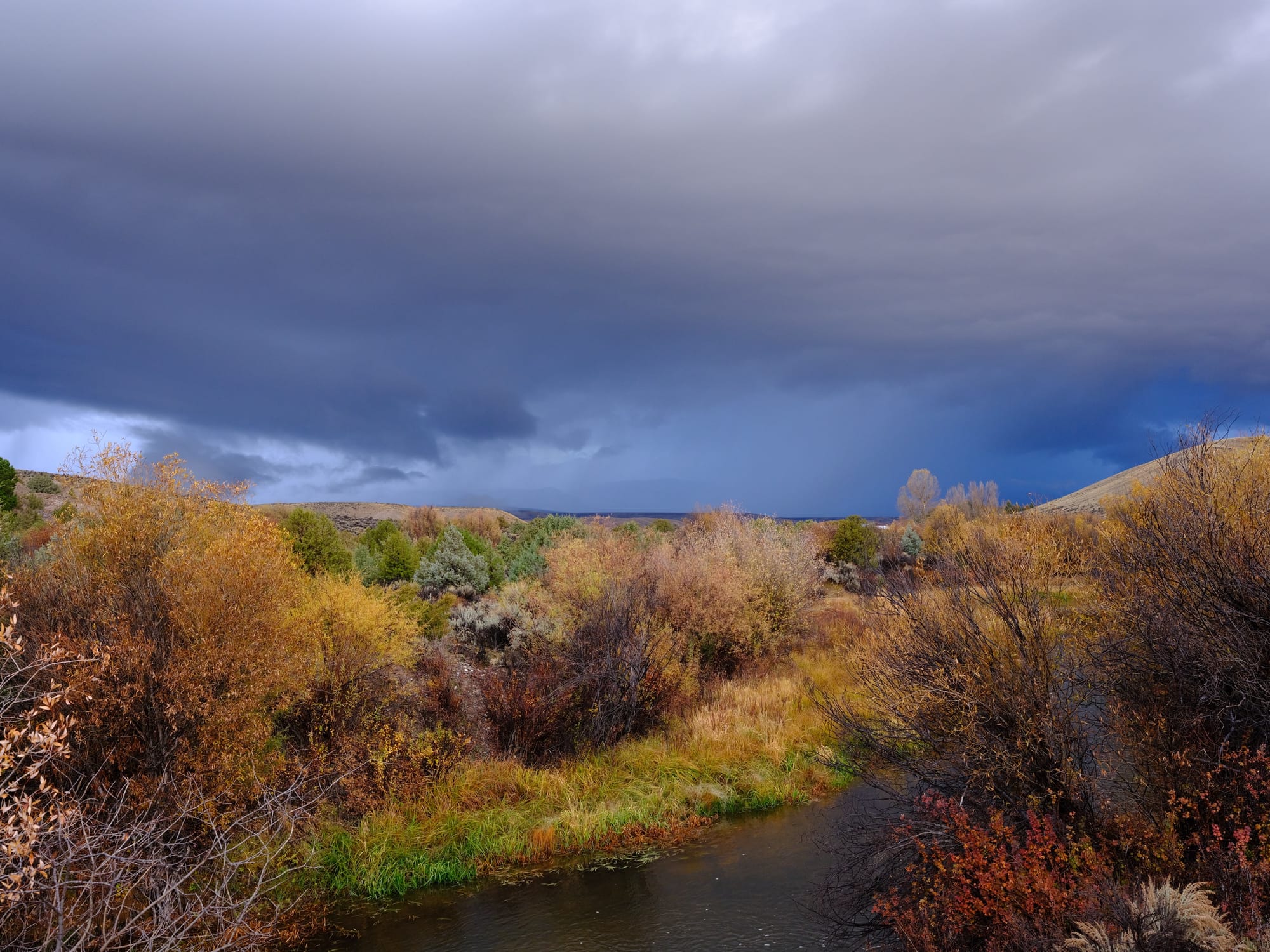Bannack and Elk

We drove for two hours under the deep blue Montana October sky across the dun colored sagebrush. Sected and bisected by fence. The valley a brown blonde exhausted grass of summer’s end. Sagebrush rimmed the valleys and its teal green draped over hillsides.
Teeming in the lowest place was a large herd of elk. There for the rut and perhaps as their wintering ground where they awaited the dark months of lean grass snuffled from under snowfall. The inevitable thinning and dieing. But perhaps a rancher will sell a bale of hay to the state and distribute it for the herd’s benefit. This had been their wintering grounds for thousands of years and now all the grass is cut by the ranchers for their cattle.
But today at least the sun was warm though the wind cool. The animals fat from summer grazing. In their prime they were ready to begin the ritual to assure another generation.
There must be a grand fizzing excitement down there. All together desire and hormones creating an intoxicating condition. As on some rendezvous with members meeting for the first time in a year.
The bulls are out of velvet and are showing their polished antlers, some like great tree branches sprouting from their foreheads. The cows huge and sleek are surrounded by this year’s crop of youngsters.
One seasoned bull charges amongst the heard perhaps to just make sure they know who the boss is.
Not much further down the road some pronghorn antelope are out. It seems a male has assembled a harem of five or six. Mostly they eat and stand in the warm sun and cool wind.
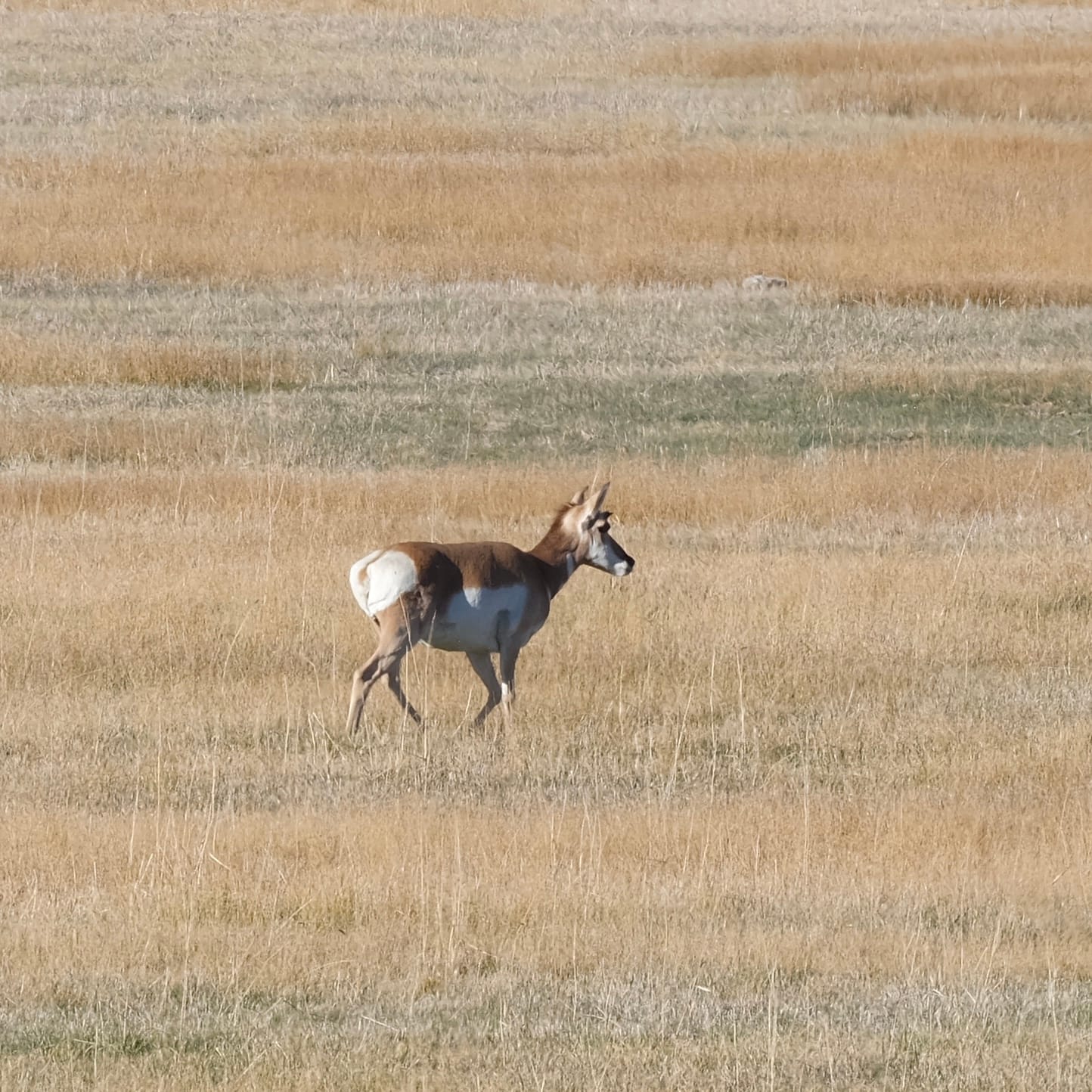
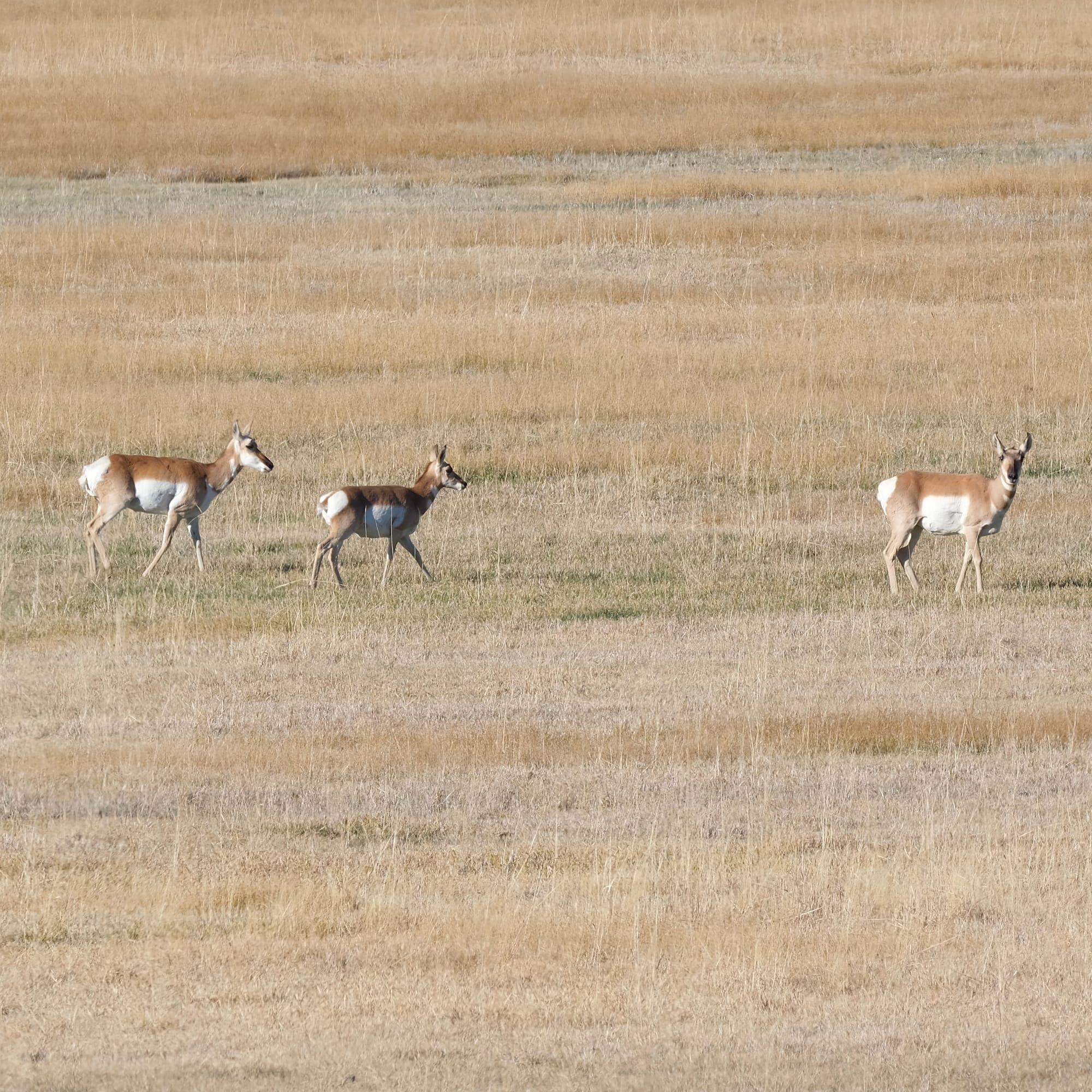
We drive on down dirt county road mile by dirt road mile. The hills and mountains here are bereft of anything like a forest except perhaps in gullies and the tops of highest ridges where a mix of pinon, juniper, and stunted douglas fir cling to north-facing slopes or cap the very tops of the hills. It is about 6000 feet high, the air is thin and dry. The twelve inches of precipitation each year for this particular area falls mostly as snow. It is technically a high desert. Though Montana-cold in the winter.

The prospects for good camping are glum. The dog is tired of the car and we have failed in earlier attempts to find suitable locations. We are heading for Bannack.
Bannack I suppose because of a book I have describing the journey of a woman and her husband from Iowa to Bannack Montana.
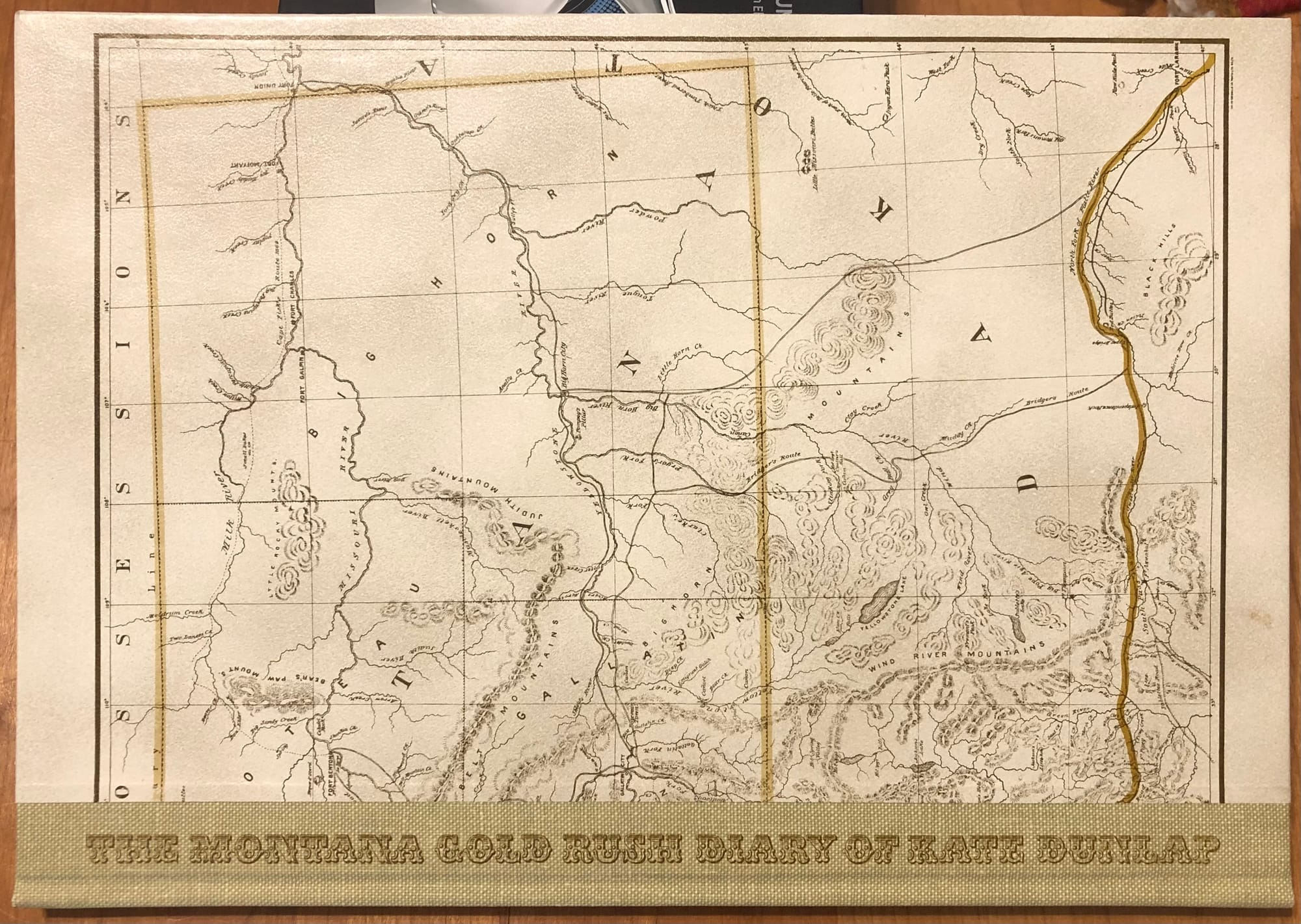
The book itself attracted me because of the unconventional format. As seen from the cover above the spine is at the bottom. Inside it contains not only Kate’s diary entries but also topographical maps of the journey with notations of mile points along the way. There was also a popular guide called Campbell’s Guide for the route at the time and excerpts from it are featured at appropriate mile points as well. This can be seen in the spread below…
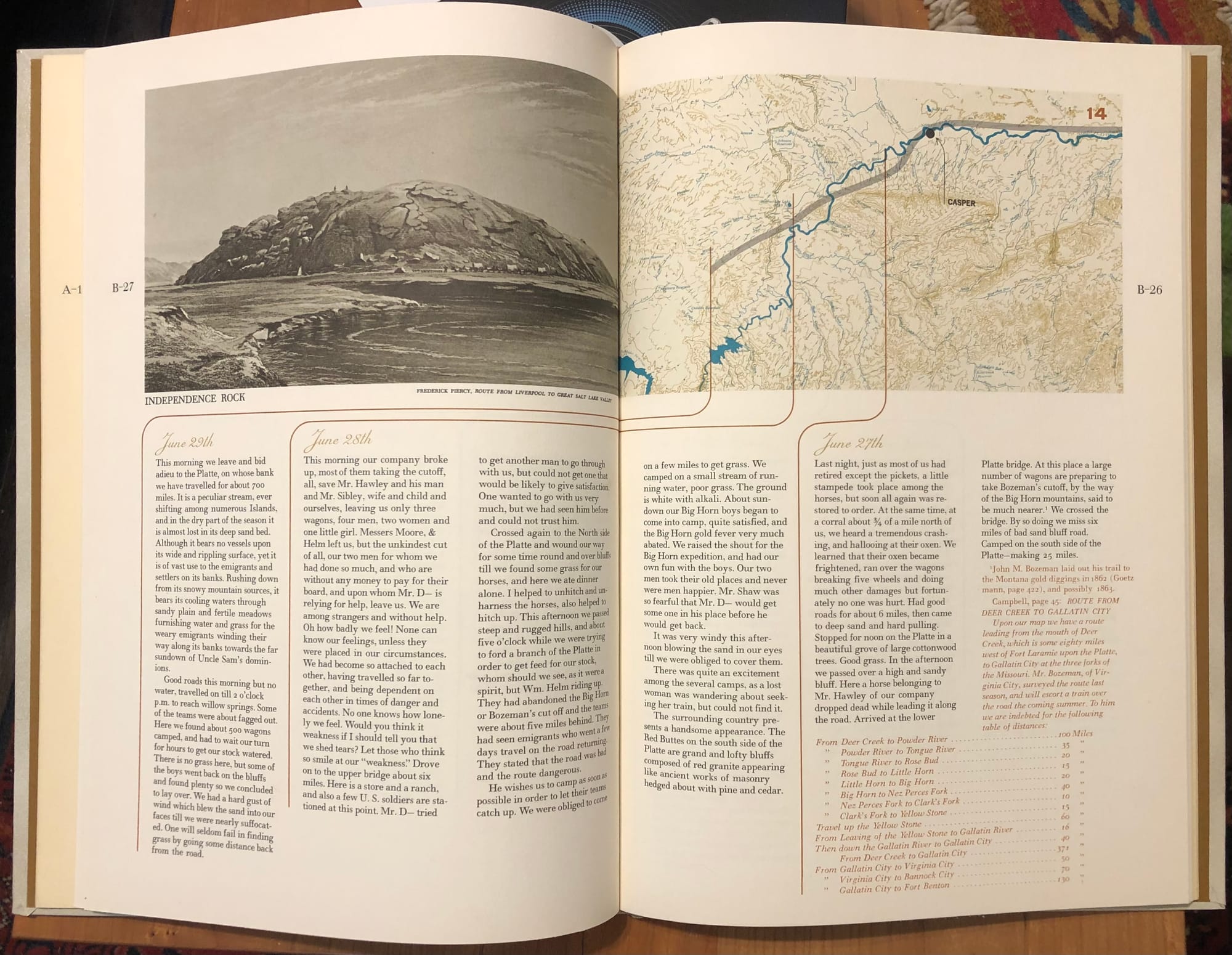
The last thing to note is that one starts reading it conventionally front to back for the introductory material. But the diary portions are read from back to front. This is because in order for the maps to make sense they must be arranged west to east (front to back) but of course the journey starts in the east and heads west thus requiring a reading from back to front and the text from right to left by paragraph.
The book was published in 1969 by the Western History Center of the University of Utah. I really love the creative way the book was assembled and how it defied convention to make the whole thing work. It is quite an accomplishment.
Their migration occurred in the 1860’s when Bannack was a booming gold mining town and for one year the territorial capital of Montana. Now it is a ghost town and a state park.

Bannack was also a kind of oasis, one we desperately needed. We descend from the sage brush hills into a small valley where Grasshopper creek meanders through willow and Fremont cottonwood trees. The wind is cut and you are left with the warmth of a dying afternoon sun.

The Thompson’s Solitaires give their short lonesome toot as the raspy screech of the Clark’s Nutcracker makes you aware that you are the intruder. There are enough yellows and organges on the willow bushes and shorter trees to relieve the unrelenting dun and blonde color of the surrounding hills.
As the sun sets the perfect sky shifts to innumerable shades of blue to magenta. While the warmth of the set sun is still felt in the thin air as the dry earth releases its heat.
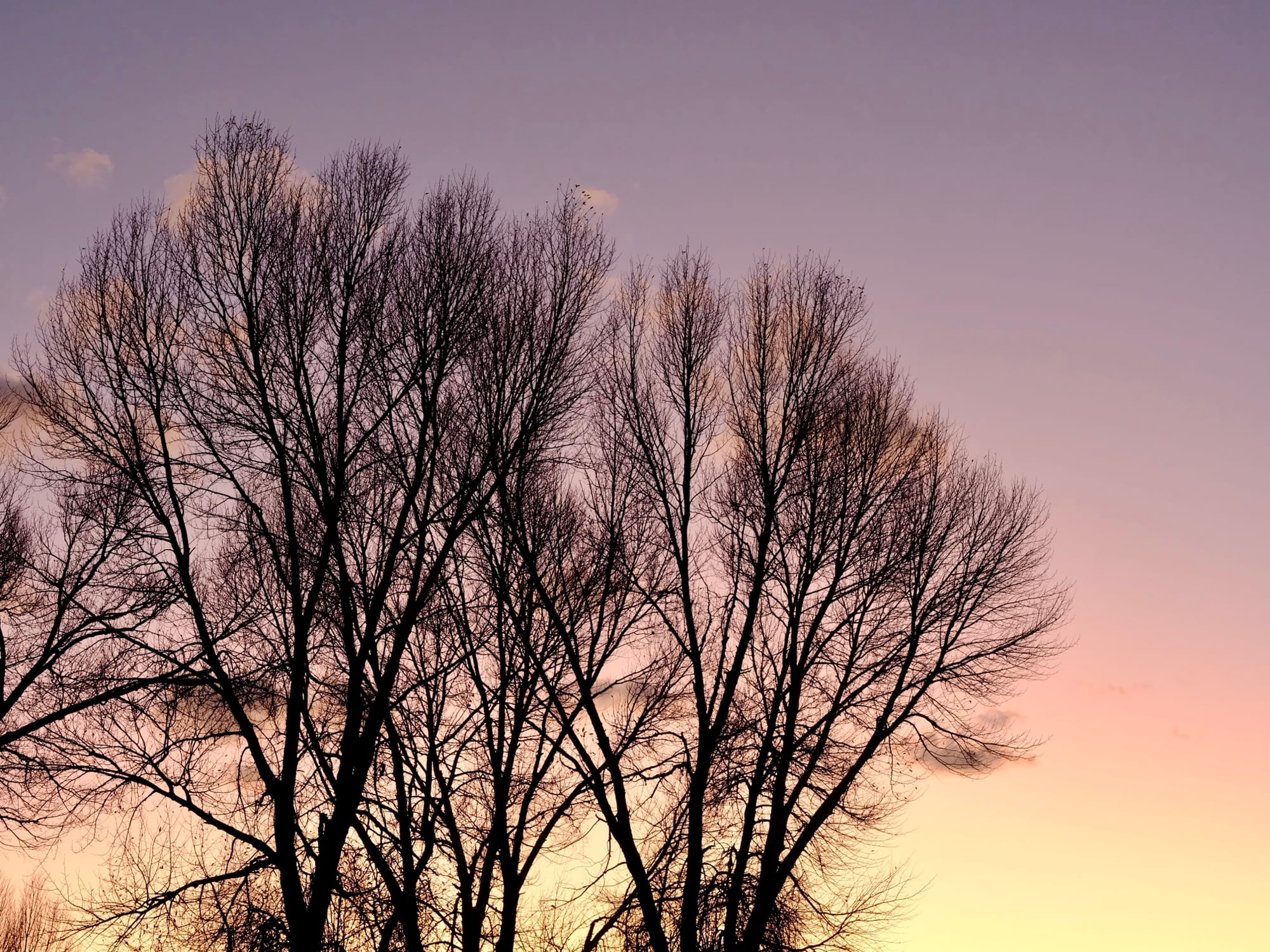
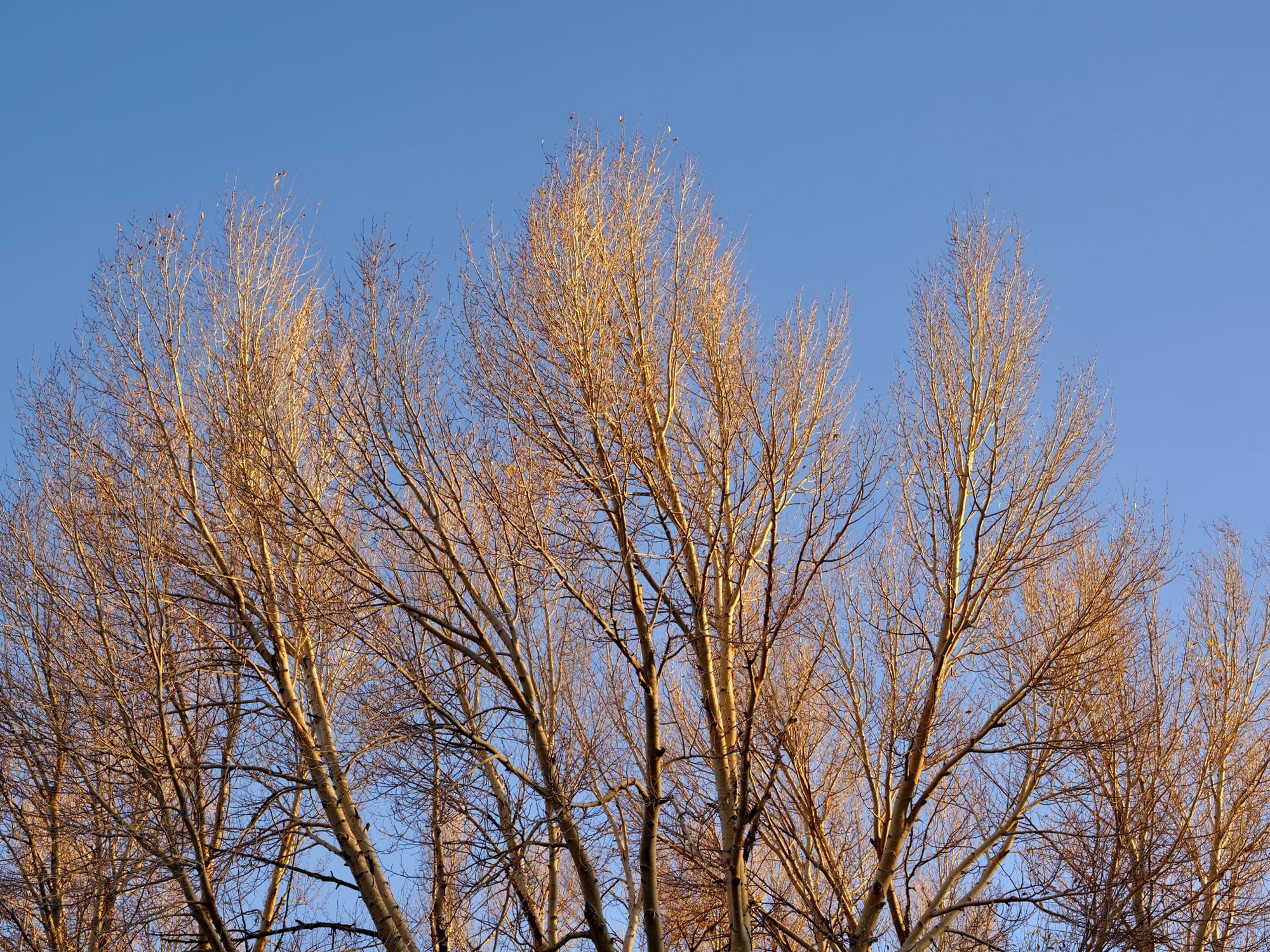
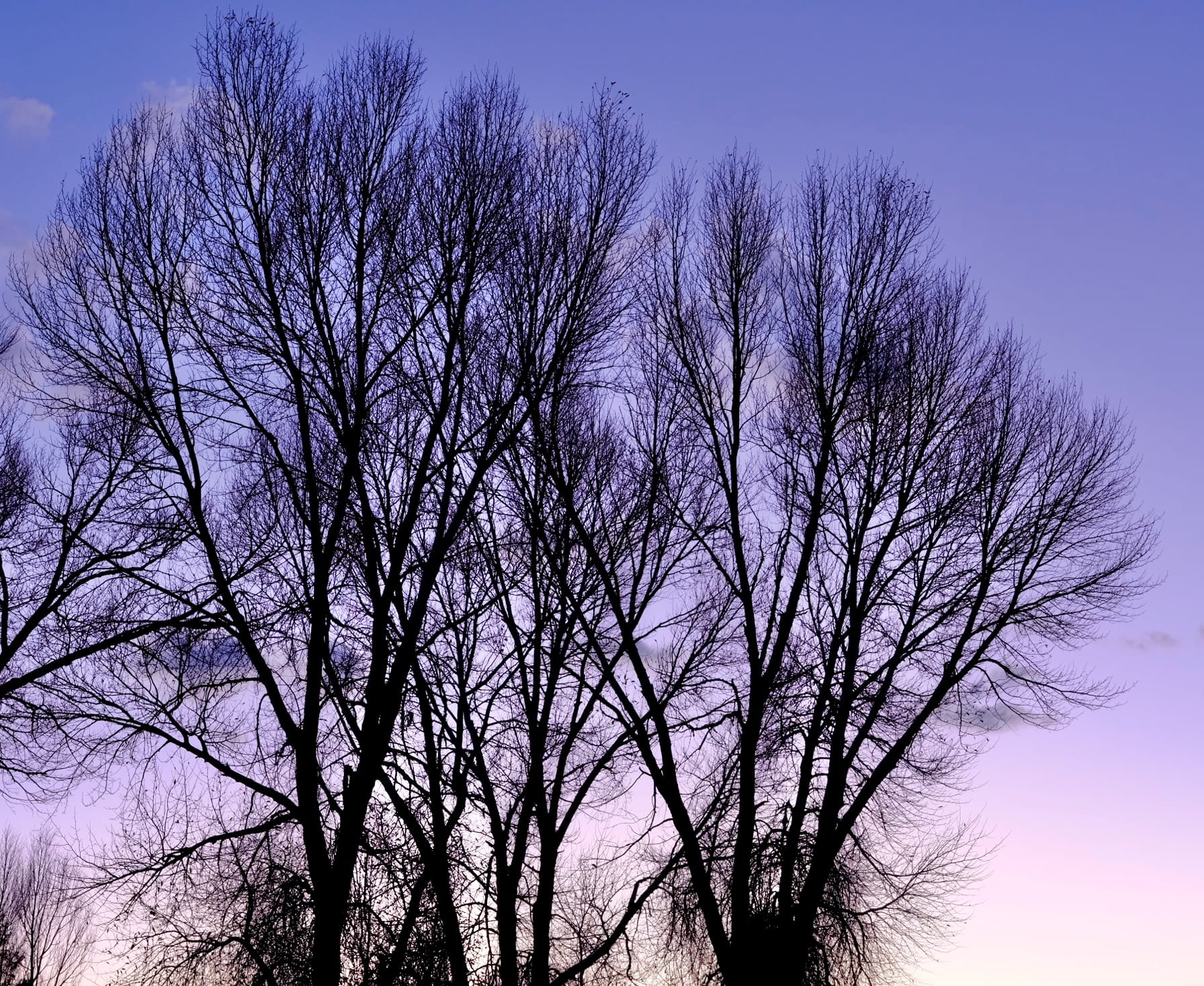
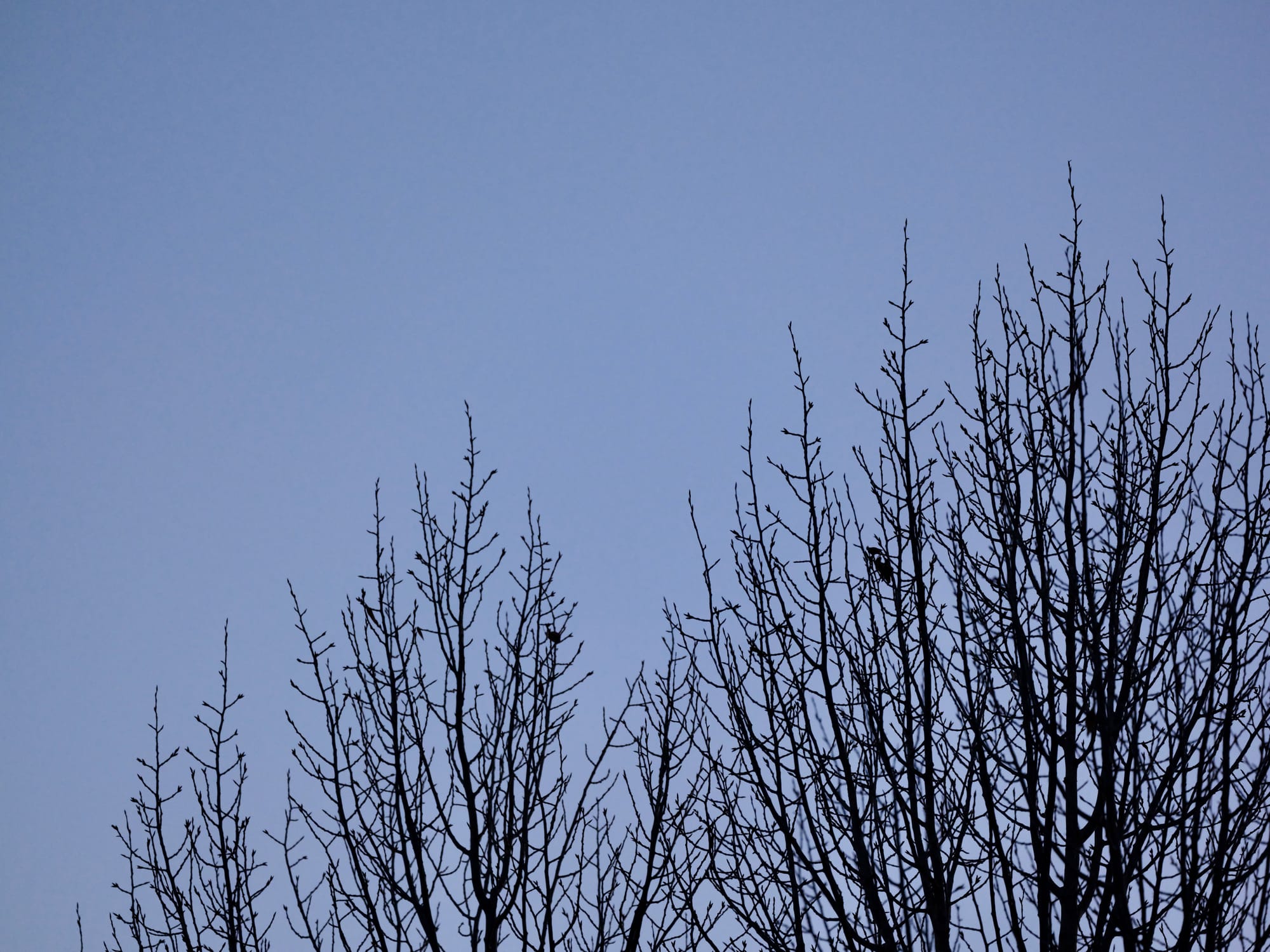
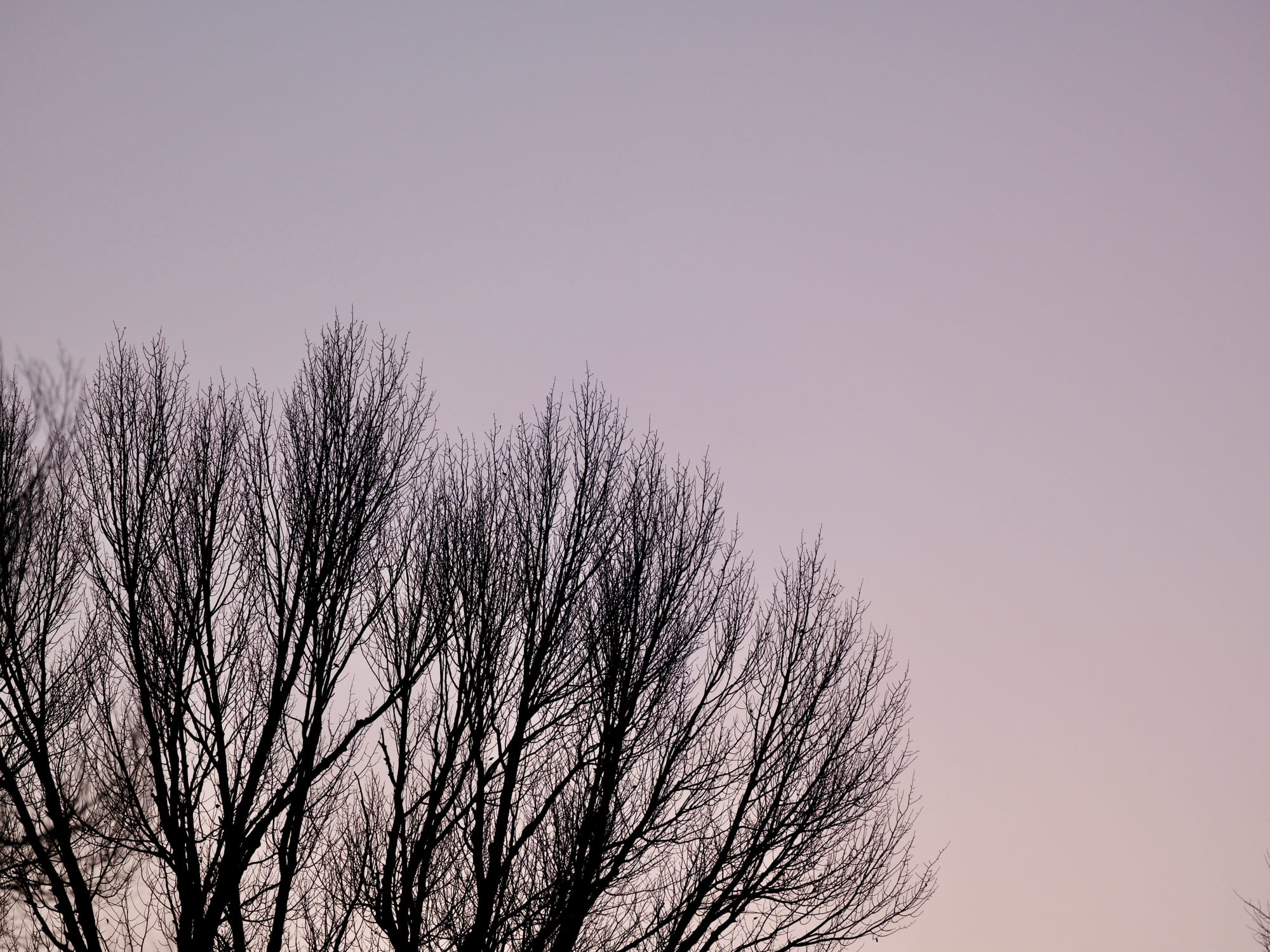
One hundred and fifty years ago this small valley was subjected to an incredibly deliberate violence because gold was found in its gravels. The entire stream-bed had been sluiced, excavated, and dredged before all of the gold had been removed. At one point four dredges operated at a time. Each requiring eight cords of wood a day.
One of the dredges was dismantled after no more gold was to be found and sent to John Day Oregon. In the 1990s I worked on an Oregon Trout sponsored stream remediation project to plant willows along the shore of the John Day river where dredges and hydraulic mining had churned up the river bed and to that day the shores were denuded of shade giving trees.
Even now one can see the piles of river cobbles around Bannack sorted piled and cleansed of their gold. The entire river must have been rearchitected towards extraction.
And yet this river seems to have recovered quite well.
Our last night we heard the first tentative patters of raindrops. These ceased to be hesitant and increased to a regular static drumming of a gentle rain. The thirsty land soaked it up. It came and went in waves all night. During a morning break we packed up and we left with the sky like this…
